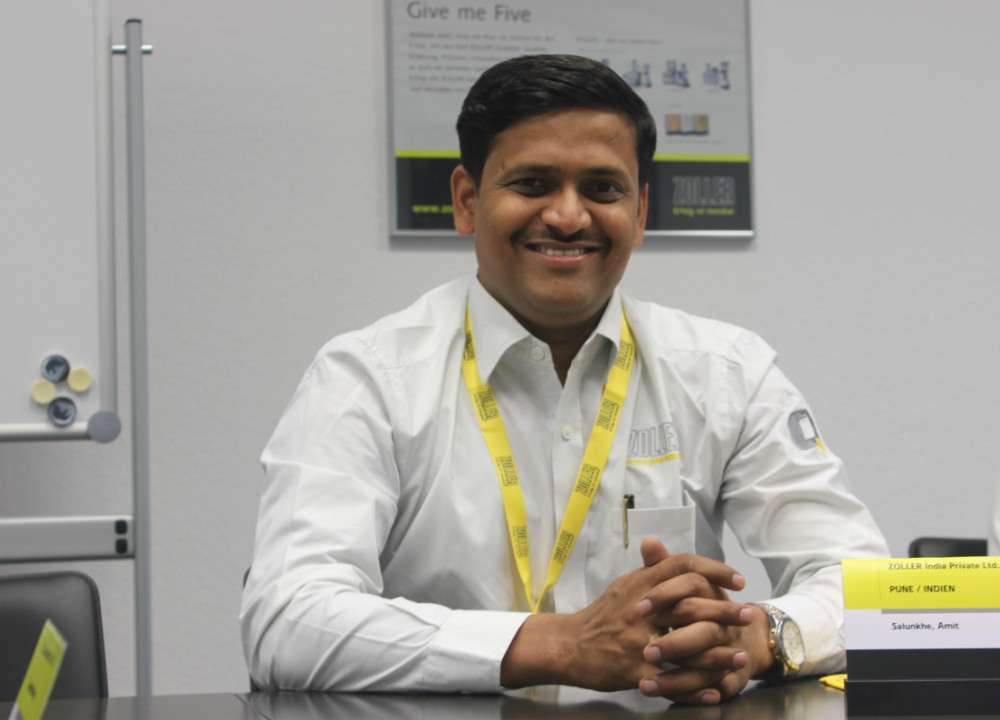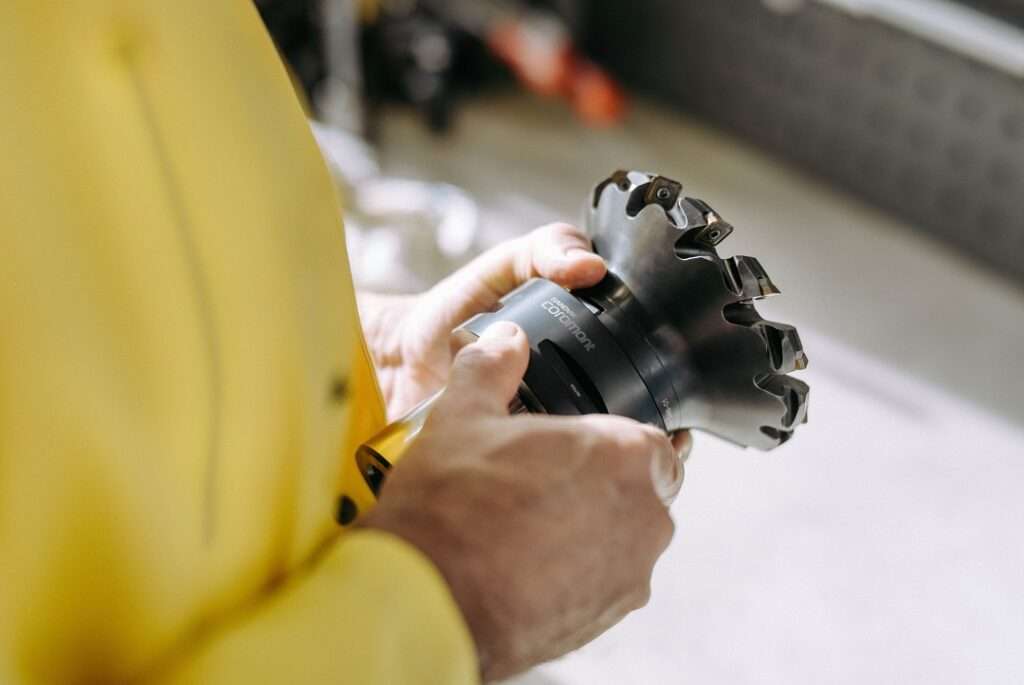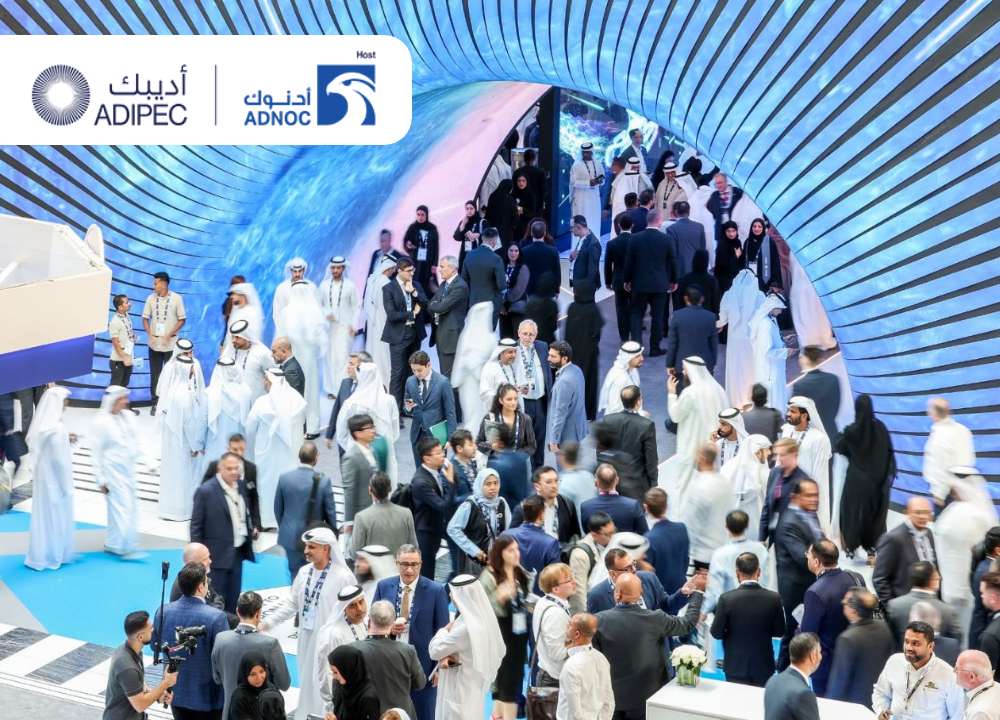TAGMA INDIA is set to commence the 13th edition of the Biennial Die & Mould International Exhibition, DIE & MOULD INDIA 2024. Scheduled from February 14 to 17, 2024, at the Bombay Exhibition Centre in Goregaon, Mumbai, India, this event is an important occasion for Toolmakers and their upstream and downstream ecosystem. In an exclusive conversation with Machine Maker, Vineet Seth, Managing Director, Mastercam India, shares intricate details regarding Mastercam’s participation in TAGMA. This includes valuable insights into the latest developments in the software industry, the recently launched version 2024 of Mastercam, and his expectations regarding how TAGMA DMI 2024 to enhance the productivity and proficiency of Mastercam.
With over 35 years of industry leadership, Mastercam focuses on fulfilling the rigorous requirements of their clients, offering top-notch products at competitive prices. Their approach focuses on the fusion of advanced software programming and hands-on shop floor expertise. Remaining at the forefront of CAD/CAM technology, they prioritize customer input, accessibility, and unwavering dedication. Mastercam has successfully delivered CAD/CAM solutions to over 300,000+ installations globally, catering to diverse sectors such as mold making, automotive, aerospace, and consumer industries.
For Vineet Seth, participating in TAGMA holds both routine significance and eager anticipation. The simplistic reason lies in recognizing the exhibition as an excellent platform to engage with industry peers. TAGMA serves as a common meeting point for customers, facilitating interactions in a centralized location at the exhibition site.
Furthermore, the exhibition provides a valuable opportunity for Mr Seth and his team to showcase the company’s developments during the intervening period between the last exhibition and previous events. It has always been a platform to present newer developments that may have emerged in recent times. The decision to participate in exhibitions is driven by a mix of reasons, including networking and highlighting innovations.
From Mr Seth’s perspective, TAGMA is one of the pioneering organizations contributing to the benefit of the die mold industry and its ecosystem. It is a widely known reputed platform for bringing together technologies that cater to this segment. Therefore, consistent participation in TAGMA over the last two and a half decades reflects its enduring status as a highly beneficial event for showcasing contributions to the industry.
In discussing the latest advancements in software for the manufacturing sector, Mr Seth highlights the significant developments presented by Mastercam in 2024. The focus revolves around the launching of the next generation of software with a completely redesigned user interface and fine-tuned functionalities. This redesign aims at streamlining and enhancing user interactions, ensuring a more intuitive and efficient workflow for both users and programmers.
He also emphasizes the incorporation of newer algorithms and functionality to boost machining speed and precision, addressing the evolving complexities of producing intricate and aesthetically pleasing products. Innovative strategies have been introduced to handle complex geometries and enhance surface finishes. Additionally, a smart tool library has been implemented to expedite the selection of appropriate tools, thereby optimizing programming time.
The simulation and verification processes within Mastercam have undergone substantial enhancements, ensuring more stringent verification of tool parts and programs. Multi-axis capabilities have taken a significant leap forward, allowing for the machining of far more complex geometries in a multi-axis environment.
Mr Seth also focuses on the evolving landscape of machine tools, noting their increasing versatility and complexity in programming. Acknowledging the unique features of high-end machines, he highlights the necessity for Mastercam to stay abreast of these advancements, ensuring compatibility with various machine functionalities. He draws parallels to the past distinction between special purpose machines (SPMs) and CNC machines, indicating a current trend where CNC machines are becoming more specific and customized for certain industries or user bases.

In the context of these ever evolving requirements, Mr Seth says that Mastercam is a software provider capable of handling diverse machining environments and requirements, marking a substantial leap forward in the last couple of years. This adaptability helps Mastercam to work as one of the leading solution providers for the customized and specific needs of various manufacturing sectors.
Discussing the future growth and development path of Mastercam, Mr Seth outlines a strategic and dynamic approach within the CAM software segment. The software company, known for its expertise, currently tailors specific products to various industry segments, such as the aerospace and die and mold industries, based on the applications in these domains.
Mr Seth visualizes a future where Mastercam can extend its capabilities beyond the core domains of its existing client base. He aspires to create a platform where precision industries, particularly die and mold, can diversify and cater to additional sectors, like aerospace & EV. Acknowledging the inherent challenges in entering these industries, Mr Seth emphasizes the importance of precision machining, high-quality finishes, and stringent error tolerances, which are common requirements for both die and mold and aerospace sectors, in addition to offering prompt and outstanding support through highly trained and motivated team members.
He articulates the need for die and mold companies to take a calculated leap into aerospace, despite the challenges. Mr Seth advocates for diversification as a strategic move to reduce dependence on a singular segment. By expanding into aerospace and other burgeoning industries like energy production, die and mold producers can strategically position themselves for sustained growth and resilience.
Highlighting the importance of hedging business into different segments, Mr Vineet Seth emphasizes the inherent unpredictability in certain industries. By diversifying into areas like core aerospace and energy segments, die and mold manufacturers can navigate through periods of muted demand in one sector by capitalizing on opportunities in another. In essence, Mr Seth sees this diversification as an essential strategy for the continued success and adaptability of the die and mold industry.

In the course of this interview, Mr Seth has also shared some intricate details on the latest launch of Mastercam. Mastercam recently introduced an innovative add-on known as Mastercam APlus, specifically designed for additive manufacturing. This enhancement seamlessly integrates with the familiar Mastercam interface, allowing users to program, backplot, and simulate 3D printing scenarios with ease and familiarity.
The Mastercam APlus add-on operates within the Mastercam environment, collaborating with the main module, lathe module, and router modules. This comprehensive integration covers a wide range of scenarios within 3D printing applications. Mastercam APlus enables users not only to generate additive manufacturing paths but also visualize both the additive and machining outcomes.
The software facilitates the generation of additive manufacturing paths, or “toolpaths,” and provides a visual representation of both the additive and subtractive processes. This is particularly advantageous for scenarios requiring finishing processes after 3D printing. For instance, in aerospace applications, turbine blades subjected to wear may have damaged edges. Mastercam APlus allows for precision subtractive processes to refine the damaged portions post-3D printing, significantly reducing costs compared to machining or purchasing new components.
This capability proves valuable for applications in research and development organizations, facilitating repairs of existing parts and the creation of new components. The integration of additive manufacturing within the Mastercam environment represents a significant leap forward in the industry. This approach acknowledges the necessity of a hybrid process, where both additive and subtractive methods complement each other for optimal efficiency.

The launch of Mastercam APlus is recent, marking a substantial advancement in the software’s capabilities. The industry now has the potential to harness additive processes more efficiently within the familiar Mastercam environment, offering a game-changing solution for manufacturers seeking a seamless integration of additive and subtractive manufacturing processes.
Mr Seth, towards the end of the interview, has been asked to share his expectations and anticipated benefits from participating in TAGMA DMI 2024, particularly in terms of its impact on your business, the industry, and the die mold community. Mr Seth explains that participating in TAGMA DMI 2024 is truly valuable and enriching for their business, fraternity, and the broader die mold ecosystem. After the exhibition, he intends to obtain tangible benefits that contribute to the growth and knowledge enrichment of our community.
A primary expectation, of Mastercam, from TAGMA is to get the opportunity to engage with a diverse audience. Given the vastness of their customer base, it’s practically impossible for them to connect with everyone individually regularly. TAGMA is one such unique melting pot, according to Mr Seth, where professionals from across the country converge. The ability to spend valuable minutes with every visitor to our stall or encounter during the exhibition is immensely fulfilling. This face-to-face interaction allows for a personal touch that transcends the limitations of day-to-day or even yearly outreach efforts.
TAGMA also functions as a dynamic platform for exhibitors to foster connections among themselves. Proximity in the exhibition space often leads to spontaneous and innovative conversations with neighboring exhibitors. These interactions can spark valuable insights and impactful discussions that contribute to the collective knowledge base of the die mold industry. TAGMA consistently facilitates such networking opportunities, making it a crucial avenue for mutual learning and collaboration.
Mr Seth concludes his observation by stating that the exhibition acts as a common catalyst where businesses, professionals, and industry enthusiasts converge, fostering a collaborative environment that propels collective growth and knowledge sharing. TAGMA has consistently delivered on these fronts, making it an integral part of the company’s engagement strategy.







